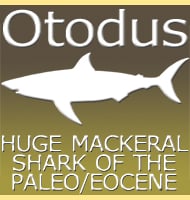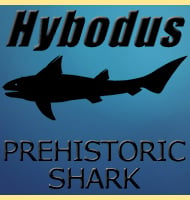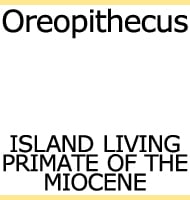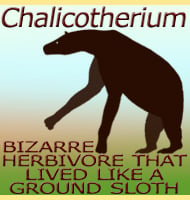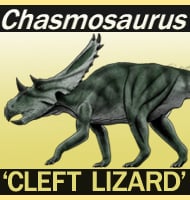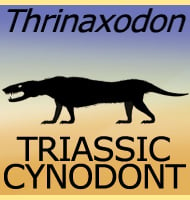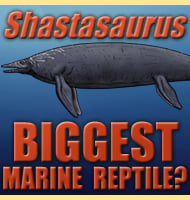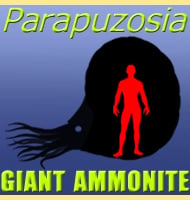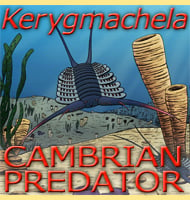In Depth
Neuquenraptor was very nearly the first dromaeosaurid dinosaur to be discovered on the South American continent. First discovered in 1996, the holotype specimen was unofficially named Araucanoraptor argentinus in 1997. Also in 1997 another dromaeosaurid genus named Unenlagia was named from the same formation, and because this genus had a proper description, Unenlagia became the first ‘official’ dromaeosaurid dinosaur to be named in South America.
The remains known as Araucanoraptor were finally officially named in 2005, but this time as Neuquenraptor. The future for Neuquenraptor however is now uncertain because now there is speculation that the fossils of Neuquenraptor are actually further remains of Unenlagia, and since Unenlagia was officially named eight years before, Neuquenraptor may become a junior synonym to it Unenlagia.
The presence of dromaeosaurs in South America is yet further proof that South America was not the isolated continent that it was long presumed to be, or at least temporally but periodically connected to other continents. The presence of spinosaurid and carcharodontosaurid theropod dinosaurs in both South America and Africa during the later stages of the Early Cretaceous and beginning of the Late Cretaceous is proof that a faunal exchange was happening between these continents. The presence of hadrosaurs such as Secernosaurus and Willinakaqe is also possible proof that some dinosaurs managed to travel from North America into South America. The question remains, which route did the dromaeosaurs take?
Further Reading
- New theropods from the Late Cretaceous of Patagonia. - Journal of Vertebrate Paleontology 16: 56A. - F. E. Novas, G. Caldera & P. Puerta - 1996. - New evidence on deinonychosaurian dinosaurs from the Late Cretaceous of Patagonia. Nature 433:858-861. - F. E. Novas & D. Pol - 2005. - The Earliest Dromaeosaurid Theropod from South America. - Nature 437 (7061): 1007–1011. - Peter J. Makovicky, Sebasti�n Apestegu�a, Federico L. Agnol�n - 2005.

